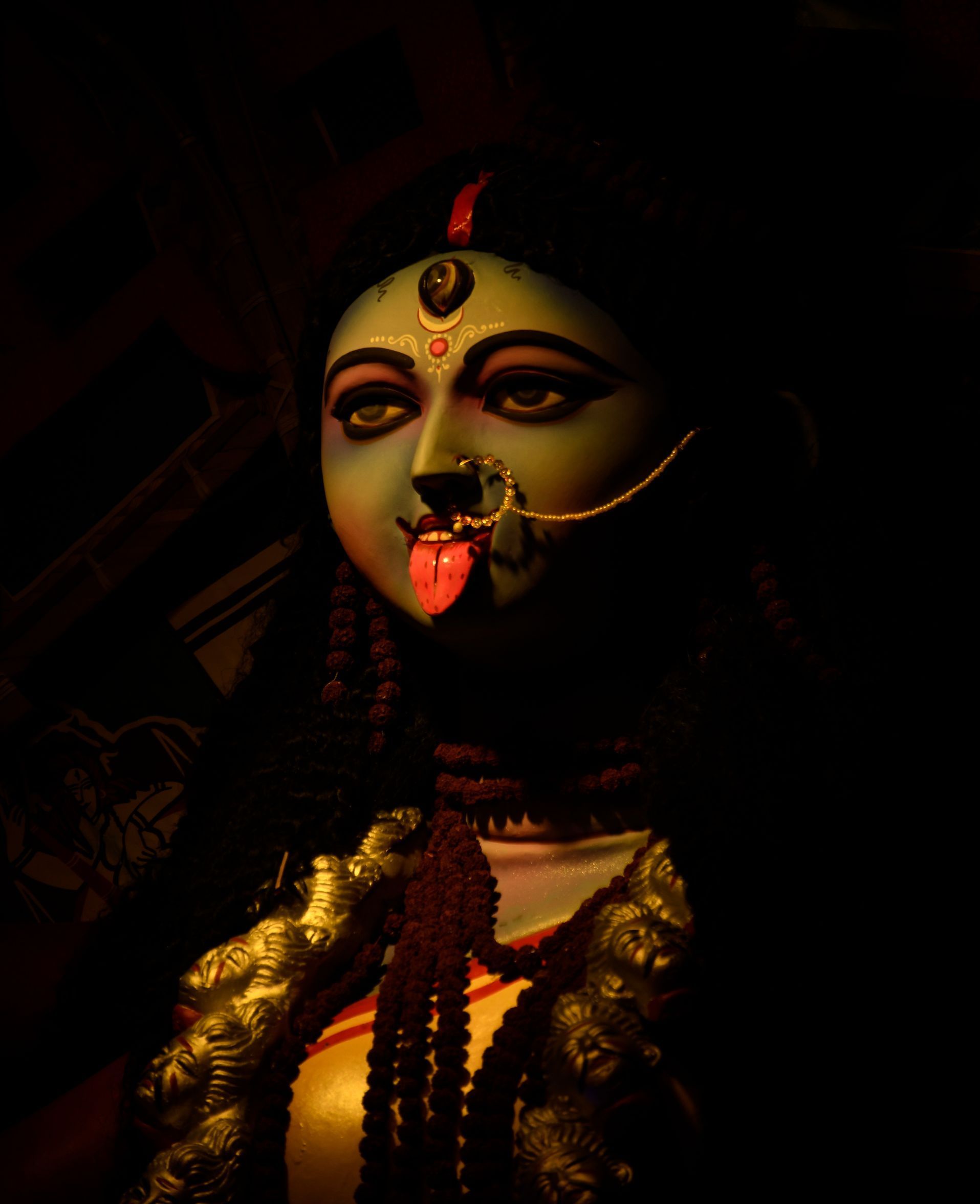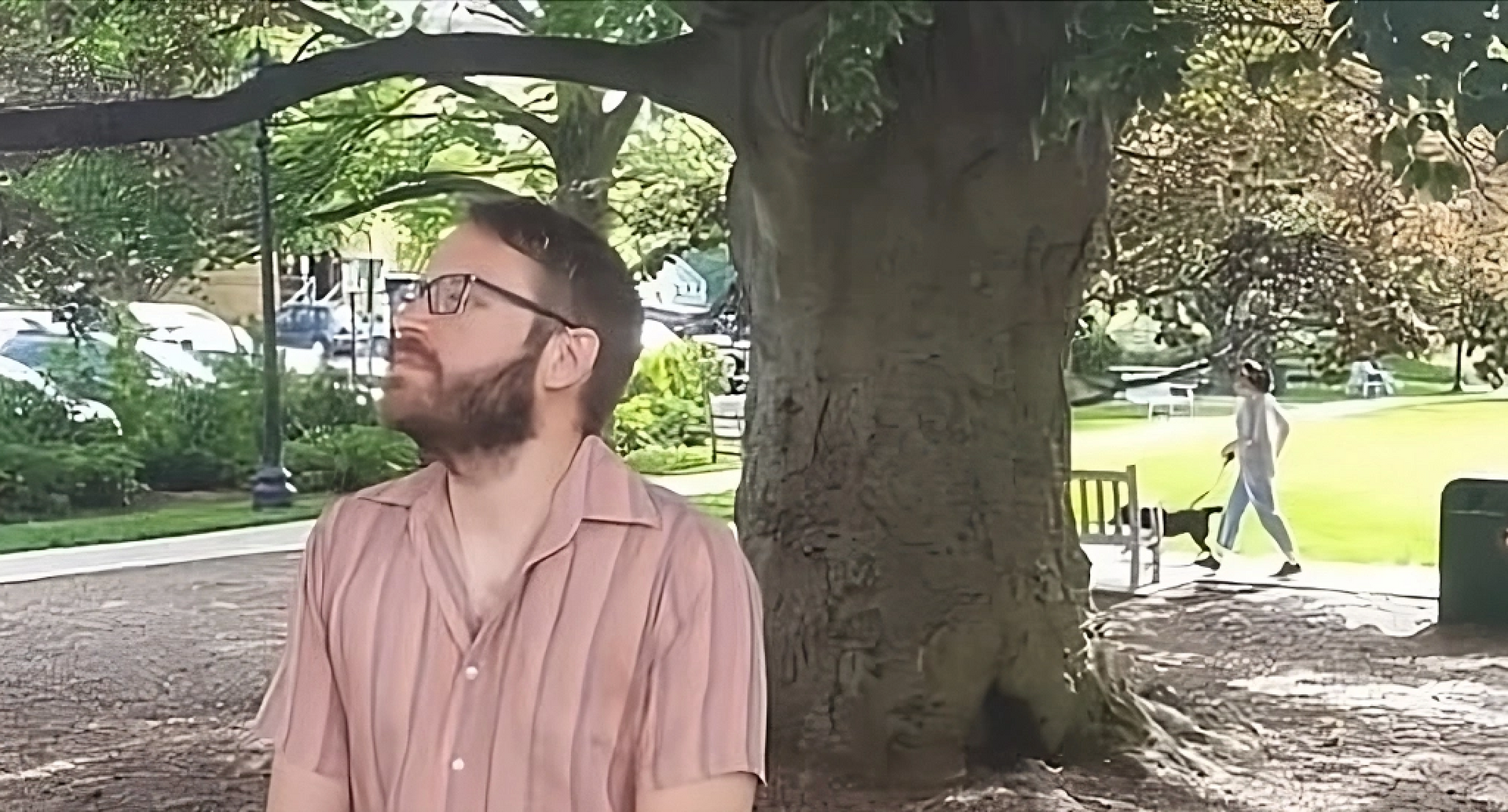MYTHOS | Easter FACTS 🙃🐣
Murielle Mobengo • avr. 17, 2022
MYTHOS
Easter
symbolism
🥚
Revue {R} is a polymath review of Mythology. We love symbols, not only what they mean but how, where and why they were born. So here’s our FACT sheet on Easter MYTH.

WHAT ?
Easter is rooted in Jewish Passover (Pesach), a festival celebrating the
Exodus from Egypt and the beginning of the barley harvest season. In Christian mythology, Easter marks
Resurrection Sunday, the day Jesus Christ (a Yogi among many others) triumphed over death. But the etymology of "Easter" has a lot more to tell.
WHEN ?
The Roman month of April, which comes after the spring equinox, was once labeled Eostur-Monath. According to historian Bede (725),
pagan Anglo-Saxons used to celebrate a goddess named Eostre during what now corresponds to Easter. So, Easter's pagan?
HOW ?
Spring equinox marks the day when the sun rises in the East.
Jacob Grimm, the famous mythologist, philologist, and storyteller, associates Eostre with the Roman Aurora, the Baltic Ausra, and the Greek Eos. The three female deities may derive from the same
Indo-European deity, Hausos, refered to as Ushas in the Vedas.
Revered in 40 sacred poems,
Ushas is the goddess of dawn. In Vedic mythology, she presides over cosmic order, action, and breath. She is the life of life of every creature, the Vedas tell us. She is also referred to as Rta, a possible Sanskrit etymology of "art" and "rhythm."
WHY ?
Ancient cultures in the East and Middle East used to celebrate the return of light and the
cyclic rebirth of nature after the long winter months in rituals mirroring the
awakening of light (the deity) within us.
The Rigveda–a Sanskrit codification of sacred poems and practices dating back 1500-900 BCE–mentions Hiranyagarbha (hira-nea-a-garb'a), a
self-created cosmic egg. Early Eastern mysticism expounds Hiranyagarbha or "golden womb" as the source of creation in Vedic poetry (Rig-Veda Mandala 10,121).
Within this oval primal cause resides Prajapati, "the lord of creatures," identified with the creator God Brahma in post-Vedic era. His
female counterpart is Vac/Saraswati, the supreme word and goddess of poetry, myth, science and the arts, alternatively associated with Ushas.
Sanskrit belongs to the family of
Indo-European languages, a group of dialects spoken in most of
Europe,
areas of
European settlement (which includes Australia, America, but also Sub-Saharan Africa) and in much of southwest and south
Asia.
This linguistic group also includes extinct languages in which modern western parlance originated: Germanic, Roman, Celtic, Old Iranian, and Ancient Greek.
The existence of Indo-european languages attests to cultural connections between earliest peoples of the East and the West. Certainly,
migrations helped in spreading proteiform mythologies.
Now, we've traced the Goddess back in linear time and realized her presence beyond monotheism, paganism, and all manner of isms. The divine feminine (the divine manifest) persists in our subconscious, finding expression in traditions, rites, and myths whose meaning needs to be rediscovered, actualized, and transcended.
Everything is a symbol. Religions are man-made. How powerful (wo)man must be!
Happy Ushas-Eostre month, wherever you are, whether you are celebrating or not.
Good reads
- The Rig Vedas
- The Illustrated Signs & Symbols Sourcebook, Adele Nozedar
- Les Dieux Menteurs, Françoise Gange (French)
SHARE THIS ARTICLE
New Paragraph
Murielle Mobengo is a Poet, editor-in-chief, founder of {R} and co-founder of The Polymath Agency M/L. She inquires poetic existence, the origins of Poetry, and its proximity with Mythology, the religious sources of Art, and Philosophy. She composes in English, French, German, and has a fondness for Western ancient languages & Sanskrit. Passionate about symbols–which in her opinion and as a whole, express pantheism–, Murielle defines herself as a symbolist and a mythologist. Murielle Mobengo is a disciple of Kashmiri Shaivism, the non-dualist Eastern philosophy where Yoga originated.
Comment this article!
One rule: Be courteous and relevant. Thank you!
Revue {R}évolution

par Murielle Mobengo
•
06 sept., 2024
«Processing this [fine arts] material and giving it form requires a talent that is academically trained, so that it may be used in a way that can stand the test of the power of judgment. -- Immanuel Kant, Analytic of the Beautiful in Critique of Judgement (1790)

par The Editors
•
20 juin, 2024
Apotheosis is a large painting that is part of the Slav Epic (Slovanská epopej) , a collection of 20 paintings by Alfons Mucha, one of the leading artists of the Art Nouveau movement. Mucha is widely known for his decorative and charming poster-like advertising illustrations and paintings, but few people are aware of the impressive breadth of his artistic talents. Beyond these cheerful vintage marketing works for the public, the Czech artist is one of the last master painters to elevate the classical genre in the 20th century.

par David Capps & Murielle Mobengo
•
06 avr., 2024
Cet entretien limpide avec David Capps, philosophe et poète auteur de "Silence Divine", a renouvelé ma foi d'éditrice. Oui, dans le noir, il y a encore des perles lumineuses (et rares, donc). En pensée et Parole claires, nous avons traversé bien des contrées obscures. Des vertus créatrices du griffonnage aux sempiternelles questions du génie et de la séparation entre l'homme et l'artiste, nous sommes passés par l'importance de la tradition en philosophie et en littérature. Chemin faisant...

par David Capps & Murielle Mobengo
•
06 avr., 2024
In the midst of 30 podcast episodes and the hum of my own thoughts, I rediscovered the joy of engaging in lofty conversation. Joining philosopher David Capps in dialogue renewed my editor’s faith in discovering rare pearls amidst the chatter. Our discussion ranged from the unexpected creative value of doodling to the perennial questions of genius, distinguishing the human from the artist, and the importance of tradition in thinking and writing.

03 avr., 2024
Myra Dunoyer Vahighene emerges as a visionary storyteller and fervent advocate for Africa, driven by an unwavering determination to unveil its rich cultural and historical tapestry. Beyond mere activism, Myra's eclectic journey serves as both a challenge and an inspiration, prompting us to reevaluate our own notions of success and self-worth—a cornerstone of the artist's persona.

par Murielle Mobengo
•
30 janv., 2024
Should poets write dedications today, or is it an outdated practice, a relic of the past, an archaism? The answer does not revolve around their perceived obsolescence. These ancient texts, enriched with dedications, have transcended time, becoming literary and spiritual canons. Those of us fortunate enough to have received an education in classical and religious literature still marvel at them.

par Murielle Mobengo
•
11 janv., 2024
The recurring juxtaposition of creativity, often associated with order (a nod to Kant), and mental illness raises concerns, in my opinion, and proves quite surprising. It is plausible that many scientists researching creativity, lacking a genuine creative inclination themselves, view it as an enigmatic internal phenomenon, thereby making a spectacle of it.

par Jiddu Krishnamurti (Quote)
•
06 janv., 2024
«I am asking the question. Please answer it for yourself first. It is very important to find that out because there is so little beauty in our daily life. Ask yourself, enquire very deeply what is this word used by poets, painters, and sculptors, and you are asking yourself now, what is this quality of beauty.»




